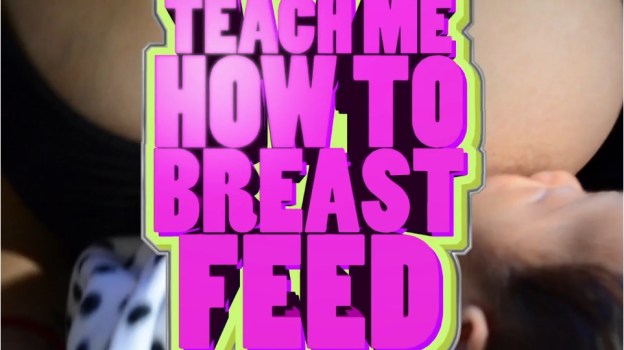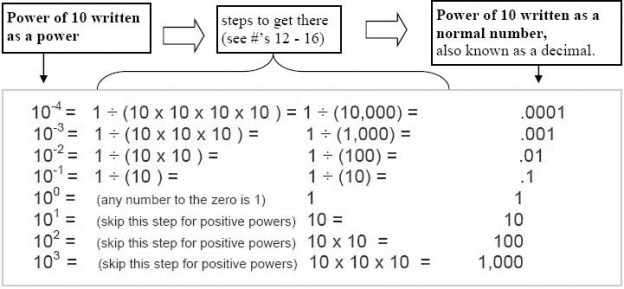We’ve been celebrating Pi (π) Day for half a decade or so now, but some of you may be new to the idea. At the very least, it is an excuse to eat pie, and on the other end of the spectrum it is a great day to celebrate math and the beauty of nature in numbers.
For those looking to eat pie, why not try to bake your own? It could be sweet or savory. Wikipedia has a list of pies to get you started, and AllRecipes has a lot of recipes on making pies available. Perhaps you want to aim for a Steak & Kidney pie and combine two pseudo-holidays into one?
If you’re musical, there are many pi songs and raps out there you can try to learn. My favourite is Dr. Arthur Benjamin‘s version of “American Pi”, captured here during a presentation he did at The Archimedeans (Cambridge University Mathematical Society). We were lucky enough to participate in Dr. Benjamin’s show last year (thanks Ontario Science Centre) and the kids still sing his song (and we have a signed copy of his pi to 60 digits that he wrote out). We will probably also watch at least one of his lectures from his Great Courses where he focuses on pi too.
There are many crafts and activities to do for those with kids. Drawing and cutting out and measure circles with paper and string is all it takes to get started. Don’t be shy about working in some physical activity too — maybe do a 3.14km hike?
A new discovery for me this year is the Pi Search Page which instantaneously finds a series of digits in the first 200 million digits of pi. My 8 digit birthday occurs three times in those first 200 digits, while my wife’s only occurs once. Try it out with any other ‘special’ numbers to you and see what you find. Irrational.
In your pi studies, don’t forget what many mathies consider the epitome of numbers,  (e^π*i = -1) aka Euler’s Identity.
(e^π*i = -1) aka Euler’s Identity.
Numberphile has a great playlist for all their pi related videos (1h25m worth of content). Last year the kids enjoyed watching Calculating Pi with Real Pies. And let’s not forget ViHart’s pi playlist either.
And for the whimsical here is FlippyCat’s contribution to pi day in dominoes.
Please share how you ended up celebrating this special day, and get ready for next year when in 2015 3/14/15 will be the Longest Pi Day of our lives when it goes to 10 digits at 9:26:53am/pm.
Here are a few additional links to drive your research and insatiable curiosity.
- The Exploritorium, where Pi Day was first celebrated thanks to Larry Shaw
- The Joy of Pi
- TeachPi
- National Council of Teachers of Math Resources
- MathMovesU
- PiDay.org
- Michael Albert’s 1000 piece Pi Puzzle (image used as featured image of this post)







